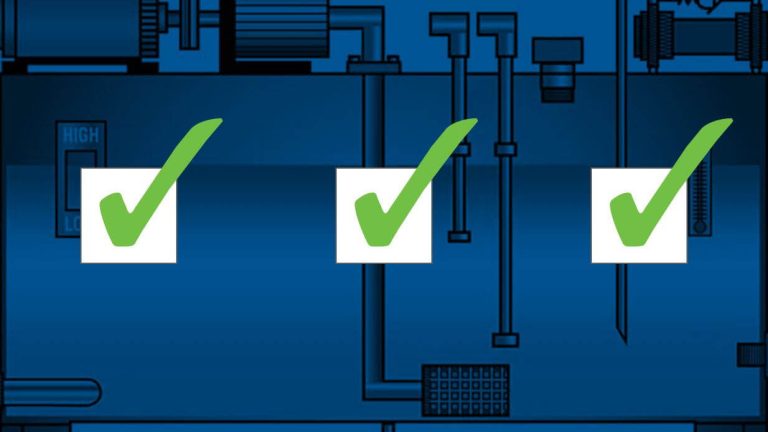Hydraulic systems are widely used in industrial applications and play a critical role in many manufacturing processes. Hydraulic systems use fluids to transfer energy and power various components such as pumps, motors, and actuators. The efficiency and reliability of hydraulic systems are essential for smooth operations in many industries. However, hydraulic system testing can have significant environmental impacts, such as the consumption of resources, generation of waste and pollution, and the contribution to the carbon footprint.
As we all know, environmental sustainability is critical in today’s world. We must ensure that we are not only meeting our current needs but also protecting the planet for future generations. So in this article, we’ll discuss the impact of hydraulic system testing on environmental sustainability and strategies for reducing this impact.
What’s the Plan Folks?
Hydraulic system testing involves using various resources such as energy, water, and materials. The testing process can consume significant amounts of energy, depending on the equipment used and the duration of the testing. Additionally, water is often used for cooling purposes during hydraulic system testing. The testing process also generates waste and pollution such as hydraulic fluids, oils, and other materials that must be disposed of properly. The production of these materials can have significant environmental impacts, including air and water pollution and habitat destruction. And the testing process can also contribute to carbon footprint due to the energy consumption required to power the equipment.
Saving the Planet, One Hydraulic System Test at a Time
However, there are strategies that we can implement to reduce the environmental impact of hydraulic system testing. And one such strategy is the use of eco-friendly materials and technologies.
For example, eco-friendly hydraulic fluids that are biodegradable and non-toxic can be used instead of traditional ones. Additionally, using energy-efficient equipment such as high-efficiency pumps and motors can significantly reduce energy consumption during testing. Also, using materials like recycled steel and aluminium for hydraulic system components can reduce the environmental impact of hydraulic system production and maintenance.
Another strategy for reducing the environmental impact of hydraulic system testing is the optimization of testing procedures and equipment. This includes implementing procedures that reduce the duration of testing, such as using simulation software and modelling techniques. It also includes using equipment that requires less energy and resources to operate, like sensors and transducers that can accurately measure hydraulic system performance without requiring extensive testing. Additionally, the implementation of testing protocols that reduce waste and pollution can significantly reduce the environmental impact of hydraulic system testing.
All the Hydraulic Jazz but Without the Mess
Sustainable practices and policies can also be implemented to reduce the environmental impact of hydraulic system testing. For example, recycling and reuse programs can be established for hydraulic fluids and other materials. Implementing green infrastructure and facility design can also significantly reduce the environmental impact of hydraulic system testing facilities. This includes the use of renewable energy sources such as solar and wind power, the implementation of rainwater harvesting systems, and using green roofs and walls to improve energy efficiency and reduce the heat island effect.
How it Pays Off
Implementing sustainable hydraulic system testing practices can have numerous benefits. When the environmental impact of hydraulic system testing is reduced, we can also achieve improved resource efficiency and cost savings. For example, using energy-efficient equipment can significantly reduce energy consumption during testing and result in cost savings for the business. On top of that, the implementation of recycling and reuse programs can reduce the need for new materials and fluids, resulting in cost savings and improved resource efficiency.
There’s also the perk of a better brand reputation. Implementing sustainable hydraulic system testing practices can enhance the public image of a company or business that adopts it. Consumers are increasingly conscious of the environmental impact of products and services and are more likely to support businesses that prioritise sustainability. By adopting sustainable hydraulic system testing practices, businesses can improve their reputation and gain a competitive advantage in the marketplace.
Conclusion
Hydraulic system testing is a vital process in numerous industrial applications, but it also has significant environmental impacts such as resource consumption, waste generation, pollution, and carbon footprint. To mitigate these effects, businesses can utilise sustainable practices and policies, optimise testing procedures and equipment, and use eco-friendly materials and technologies. This approach not only benefits the environment but also enhances resource efficiency, saves costs, and boosts brand reputation. As responsible citizens, we must protect the planet and ensure its sustainability for future generations. When we adopt sustainable hydraulic system testing practices, we can make a positive impact on the environment and contribute to creating a more sustainable future.

